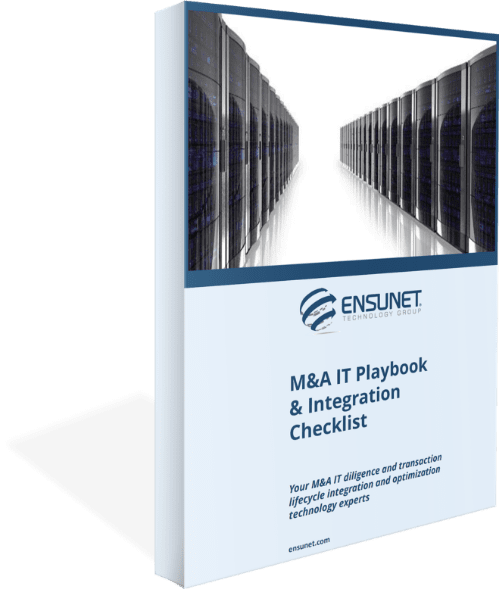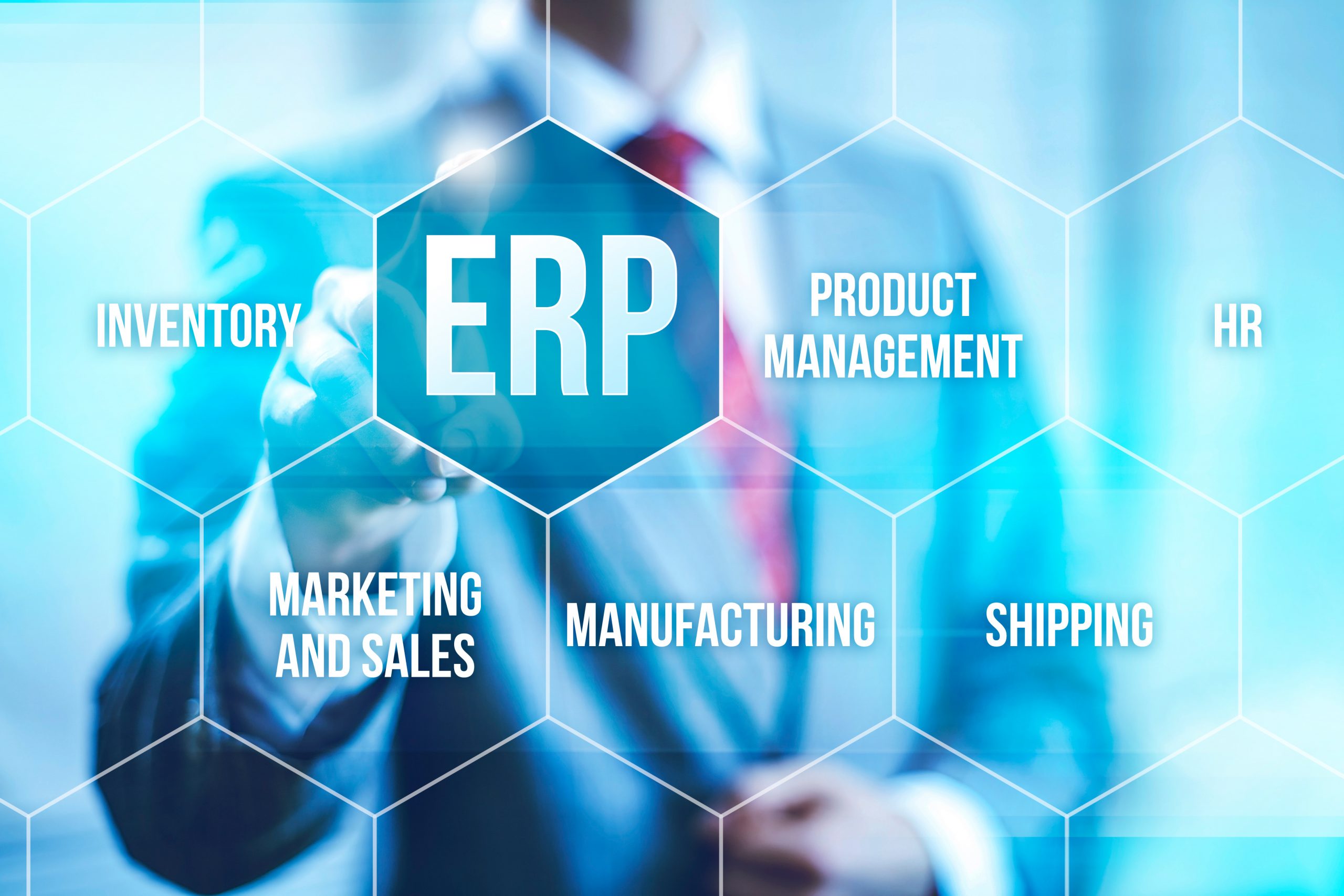M&A IT Playbook & Integration Checklist
Free M&A IT Playbook & Integration Checklist

M&A IT Playbook & Integration Checklist


How do you virtualize a crucial legacy system that’s been declared “un-virtualize-able” by industry experts? That was the challenge that Ensunet was called upon to answer for this respected company.
Ensunet - ERP Virtualization and Life Extension PDF Download
Our client, a cutting-edge healthcare manufacturer, was trying to eke more life out of its aging enterprise resource management (ERP) system. As is the case with most ERP scenarios, this one is mission-critical: It is used to run finance (including Accounts Payable, Accounts Receivable, and General Ledger), inventory, sales, order processing, and distribution.
Yet it was on the verge of collapse. The ERP software itself was a not-so-stable Version 8.0 (today it’s up to Version 10.2), that had been installed in 2005—and then modified heavily, in-house, for ten years, which precluded even upgrading to a more-stable 8.1 release.
The database in use was SQL2003—which Microsoft had stopped supporting for more than four years ago. The reporting tool was a proprietary version of Crystal Reports that required Microsoft’s .NET1.1—which locked the client into old operating systems. By contrast, today’s operating systems use .NET4.0.
To make matters worse, their in-house network server was 12 years old; some of its software was developed before Y2k. It was running Windows 2003, but only barely. Indeed, it crashed frequently (once for three days at a stretch), bringing the company to a grinding halt. To compound the situation—and in defiance of established best practice—both the ERP app and the database were running on the exact same creaky server.
Our challenges were manifold. We needed to:
Analyze replacement options
The ERP system employed a client/server configuration. The company had used Citrix to deliver the client app that the individual employees needed to do their jobs. The version of Citrix they used was 12 years old and had long been out of support by the vendor. We helped them to virtualize the Citrix servers, but the application was still trapped in Windows 2003 without support.
Find a way to virtualize
Since the preferred strategy was to “update” the old systems, we helped the client vet vendors’ RFPs. But even a ballpark estimate came with the sticker shock of a $2.5 million price tag—not to mention the massive disruption that would occur from the migration.
And so the best option appeared to be virtualization: That is, to port the old software to new hardware that can “pretend” to be older hardware, and thus keep the old software running, without the danger of a hardware crash.
It seemed logical. There was only one problem: It was impossible. At least, that’s what former employees of the ERP vendor told us. They’d seen others attempt to do this, only to fail.
Hearing “It can’t be virtualized” was like having a gauntlet thrown at our feet. We accepted the challenge.
Virtualization success
Working with our client’s new IT director, we reached out to a U.K.-based company that specialized in “containerization” of legacy apps. This is like virtualization, but taken to an even deeper, DNA-level of the code.
Working with this vendor, we were able to get the app virtualized within a “container” that could do what the ERP vendor had deemed impossible: Run a 32-bit application on a 64-bit system. The container helps to “cross the blood/brain barrier,” by monitoring and querying the individual data-calls from the original, now-containerized application, and converting them, in both directions, to 64- or 32-bit, as needed.
Fortunately, the generic “container” which was tailored to our client’s specific ERP solution interfaced properly with about 90 percent of the app’s components, straight out of the box. The minimal customization required was a testament to the fact that others in the healthcare space (not to mention insurance and the military) have similar needs, which led the vendor to design the container’s original software release.
Clear compliance hurdles
Just because the system can now run on a computer, doesn’t mean it automatically qualifies for business. This healthcare manufacturer competes in a highly-regulated environment, so all of the newly virtualized and containerized applications still needed to meet the mandates of everything from HPAA to Sarbanes-Oxley or SOX.
Bottom-line savings
Remember that $2.5 million replacement price tag? We were able to virtualize this “un-virtualizable” ERP system for about $200k. Current estimates show that the system will now be able to run for another five years. Over that span, this initiative will save our client a total of $3.5 million. It will also buy them lots of time to properly plan and budget for the next inevitable upgrade.
Reach out to the world’s most reliable IT services.